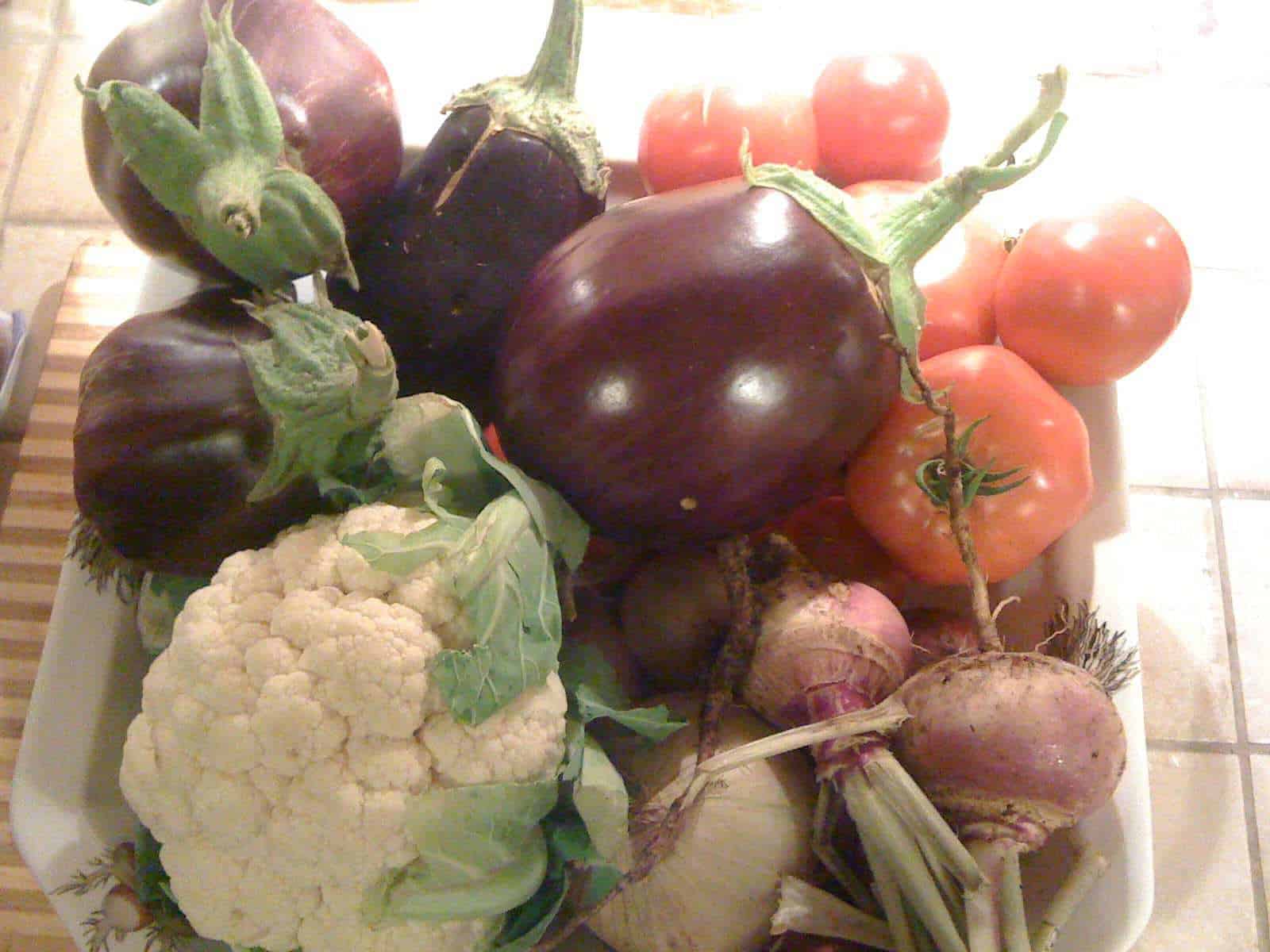 Integrating CARE with Paleo
Integrating CARE with Paleo
… Or Vegetarian, or Flexitarian, or Vegan, or Gluten-Free
CARE Teaches You How to Make the Choices that Best Fit Your Personal Lifestyle
One of the nutrition principles learned in CARE Weight Loss & Lifestyle Program is how to balance macronutrients (carbohydrates, protein, and fat) for weight loss. CARE also offers you the flexibility to make your own personal decisions about which sources you want to get these macronutrients from; the nutrition principles of CARE can be applied to an omnivore (includes meat), vegetarian, or vegan diet. The principles of CARE can also be applied to aspects of the Paleo diet. This is an excerpt from a conversation that I had recently with a new CARE member that had been following a Paleo Diet. Here is our exchange:
CARE Member, Liz: Hi. I have been eating a paleo diet for the last 3 years, which I believe has greatly improved my autoimmune disease ( I have celiac ) but has not helped me with weight loss. I see that I can continue to follow those principles within the Perfectly Produce CARE plan but need to decrease the amount of protein and fat and increase vegetables. One question I have is – why is low-fat recommended instead of full-fat? I can see I will need to re-introduce grains also, which makes me a little nervous. Any recommendations on how to do that?
Teri Rose, CARE Nutritionist: Hi Liz- I recommend using low-fat products for two reasons:
1) Full fat sources contribute significantly more calories. This can make weight management and weight loss difficult.
2) I agree with the interpretations of the research that unlimited saturated fat (and specifically a saturated fatty acid called arachidonic acid) isn’t in our best health interest. CARE Step: “Protein and Fats” will go into more detail about this. It isn’t that saturated fats are ‘bad’ they are just best for health in the right ratios (along with poly and mono unsaturated fats). When we have full-fat dairy and animal products it can quickly off set this ratio.
As for grains, you get to decide if you want them as part of your Fruits, Roots, and Grains. They are not required – no single food is – for health. If you would prefer to use another produce options in lieu of grains, you can absolutely make that decision. With that being said, for those that prefer grains, I think they, too, contribute to a healthy diet. Again, the most important considerations are quality and serving sizes.
Liz: Thank you. It does make sense. I have another question – when looking at the balanced plate, is it correct that you would add the garnish of fat at every meal? Assuming you were not using a recipe with fat in it? I understand that the recipes you provide are complete for the portions identified. I also want to say that the orange and grape chicken salad is awesome!
Teri: Yes, you want about 10-15 grams (or that healthy garnish) in total of fat at every meal. In total means to be sure to watch all sources of fat in the meal. This includes sources used for cooking, in your protein sources, and added after cooking (like sliced olives, avocado, etc). Step 1 (which you’ve just received) gives more guidelines on serving sizes. And CARE Step: Protein and Fat will delve into even great detail. Until you receive those, I’m happy that your asking questions! Thank you. (PS- and so happy that you are enjoying the chicken salad! It is one of my absolute favorites, too!)
Bottom Line
CARE Weight Loss & Lifestyle Program is not written to teach you how to apply the CARE principles to any number of mainstream “diets”, but CARE is written to teach you about food – empowering you make the choices that best fit your lifestyle. Warmly, Teri Rose, CARE Nutritionist



Liz and Teri~
What perfect timing! I made the grape and orange chicken salad for the first time today! It is so good! If someone had been near me they would have heard me talking about how good it was!
Diane- as we approach berry season, try it with blueberries instead of oranges (or with them). I have a Blueberry Grape version of this salad that’s used in the Summer e-book.